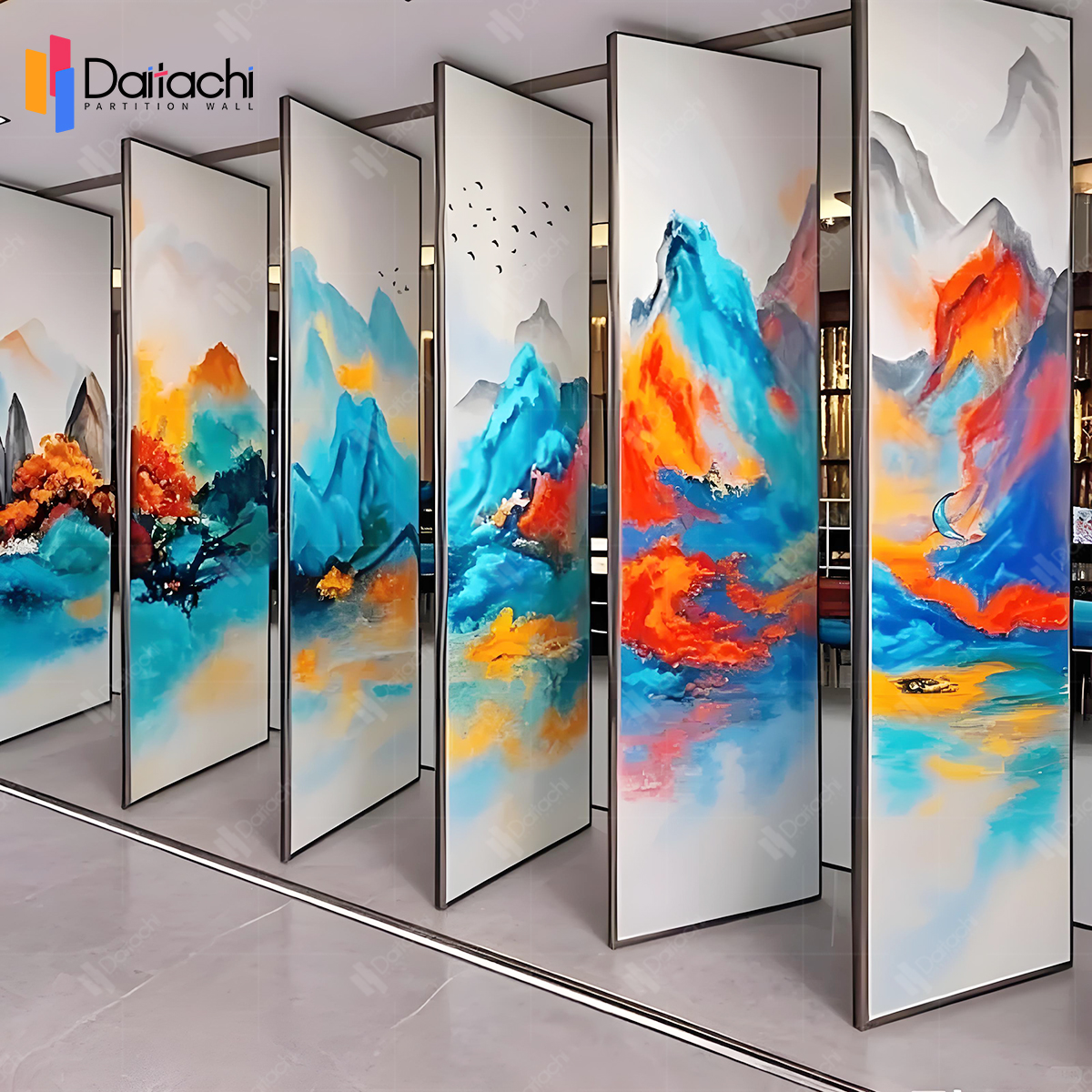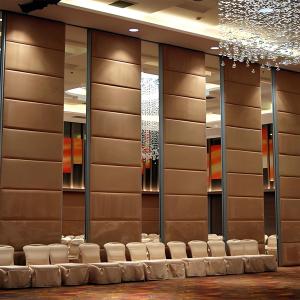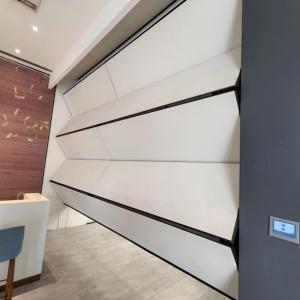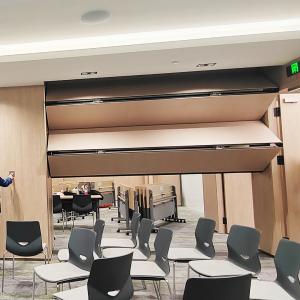Optimize Your Space with Flexible Solutions: An Introduction to operable partition walls
When it comes to dividing large areas into functional zones, a variety of options are available. Temporary dividers such as screens or shelves may offer short - term solutions, but they often fall short in terms of acoustic control, stability, and overall aesthetics.
Fortunately, there’s a smarter and more versatile solution — operable partition wall systems. These systems allow you to create clearly defined spaces within minutes without the need for permanent structural changes, and just as easily revert to a wide - open area when needed.
Movable walls are widely recognized across architectural, engineering, and interior design sectors for their ability to transform space while maintaining visual continuity and functional integrity.

What Are Operable Partition Walls?
Operable partition walls are modular wall systems designed to divide spaces temporarily or semi - permanently. Unlike traditional fixed walls, they can be opened or retracted as needed to accommodate changing spatial requirements.
System Composition
A typical movable wall system consists of the following key components:
- Ceiling - mounted track system: Installed at the structural ceiling level to support the entire weight of the wall, eliminating the need for floor tracks.
- Twin Point Roller mechanism: High - precision rollers allow each panel to glide smoothly and quietly along the track.
- Partition panels: Constructed with an aluminum alloy frame, surface finishes (laminate, veneer, fabric, HPL, metal, wood etc.), and internal acoustic insulation such as rock wool.
- Retractable seals: Mechanically controlled top and bottom seals ensure stability and provide effective acoustic, thermal, and dust insulation when extended.
- Locking and connection systems: Interlocking edges and end panels secure the wall once fully deployed.
How the System Works
The operation of a movable wall follows a clear sequence:
- Deployment: Panels are moved individually along the ceiling track to the desired position.
- Connection: Panels are joined using tongue - and - groove or other mechanical connections to form a continuous surface.
- Sealing: Integrated retractable seals at the top and bottom of each panel are activated to press against the ceiling and floor.
- Fixation: The end panel is locked in place, securing the entire wall.
When fully closed, the system performs similarly to a conventional wall in terms of stability and sound insulation. When retracted, the panels can be stored out of sight to restore open space.
Advantages of Movable Partition Walls
- Space Efficiency: Panels can be stacked in a variety of configurations—side stacking, center stacking, dual - side stacking, remote stacking or panels storage room—to suit the architectural layout and enhance spatial utilization.
- Stability and Safety: Once installed and sealed, the operable partition wall system remains rigid and secure, providing reliable stability in demanding, high - use environments. The ceiling - mounted design ensures no floor obstructions, minimizing tripping hazards and preserving aesthetic continuity.
- Acoustic Performance: High - density rock wool insulation and precision sealing systems deliver excellent sound attenuation, making the system suitable for offices, classrooms, conference centers, and hospitality venues.
- Seamless Operation: Smooth gliding twin - point rollers and precision - engineered tracks allow for easy, single - person operation without the need for tools or external support.
- Custom Design Options: Surface finishes, colors, materials, integrated doors, glass panels, locking mechanisms, and other accessories can be customized to align with project requirements and design themes.
Daitachi Movable Partition Wall Systems
Daitachi specializes in the research, design, and manufacturing of high - quality operable partition wall systems. By eliminating middle agents, we provide factory - direct pricing with competitive cost - efficiency and complete customization capabilities.
With Daitachi, adaptability becomes part of your architectural vision.





